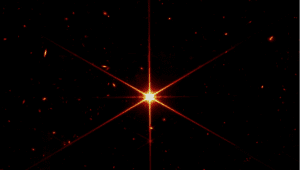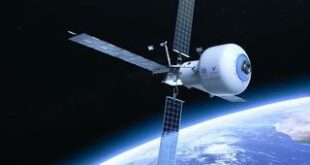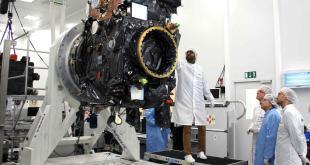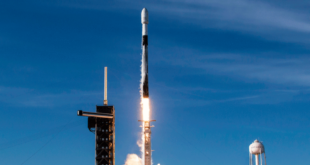
Edinburgh / Baltimore, 10 May 2022. – The Near Infrared Spectrograph (NIRSpec), a key instrument on the James Webb Space Telescope (Webb) has successfully passed all its functional tests including subsystems and mechanisms, Airbus said.
The NIRSpec commissioning team, including experts from Airbus, performed the required tests as Webb continues cooling down to cryogenic temperatures. The cold operating temperatures of -235 °C (38 K) will free Webb from any infrared disturbances that could interfere with observations.
The Airbus engineering team will continue to support performance verification and calibration throughout the upcoming 2-month commissioning phase. NIRSpec is so precise that it could detect the infrared signature of a lit match on the Moon, the company said. The instrument will study the formation of the first stars and galaxies and the atmosphere of exoplanets.
Webb will utilize MIRI (Mid-InfraRed Instrument) as well, which has also been developed with Airbus’ involvement. With the help of NIRSpec and MIRI, the space telescope will observe infrared light from space in unprecedented detail, looking 13.5 billion years back in time. Webb is expecting to further our knowledge about the formation of the Universe.
 SpaceWatch.Global An independent perspective on space
SpaceWatch.Global An independent perspective on space




